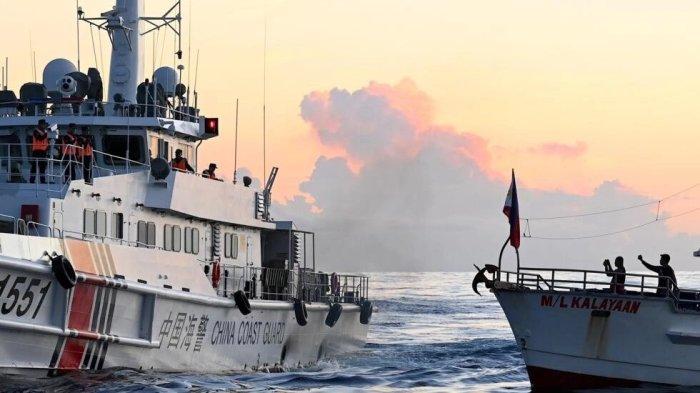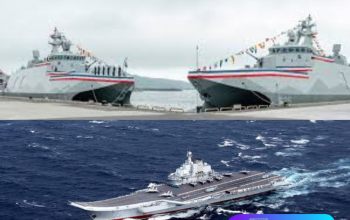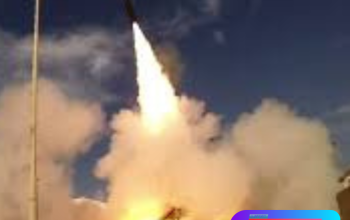Manila Accuses Beijing of Aggressive Naval Collision in Disputed Waters
Tensions in the South China Sea surged again this week as the Philippines blamed China for a deliberate naval collision, sparking international concern and raising fears of escalating maritime hostilities in the heavily contested region.
According to officials in Manila, a Philippine supply vessel en route to Ayungin Shoal (Second Thomas Shoal) was intentionally rammed by a Chinese coast guard ship, causing significant damage and endangering the lives of Filipino sailors. The incident, captured on video and widely circulated online, marks another flashpoint in the long-standing maritime standoff between the two nations.
Flashpoint in the South China Sea
This latest maritime encounter occurred near the Spratly Islands, a group of atolls and reefs claimed in part or in whole by several Southeast Asian nations. However, Beijing asserts near-total sovereignty over the area under its controversial “nine-dash line” claim—despite a 2016 ruling by the Permanent Court of Arbitration in The Hague that invalidated China’s expansive maritime assertions.
The naval collision was condemned by Philippine defense and foreign affairs officials as a reckless and hostile act. They described the maneuver by the Chinese coast guard as “intentional” and “dangerous,” asserting that it violated international maritime law and undermined regional peace efforts.
China’s Response: Denial and Counterclaims
In response, Beijing denied any wrongdoing and accused the Philippines of provoking the confrontation. Chinese foreign ministry spokespersons claimed the Philippine vessel had entered the area “without permission” and that their coast guard acted professionally and in accordance with the law.
This narrative has become increasingly common in similar incidents. While Manila maintains its vessels operate within its exclusive economic zone (EEZ), Beijing insists on its historical rights—setting the stage for ongoing friction with not only the Philippines but also Vietnam, Malaysia, and Indonesia.
Strategic Importance of the Shoal
Ayungin Shoal has become a flashpoint in recent years due to its strategic location and symbolic importance. The Philippines deliberately grounded an aging naval vessel, the BRP Sierra Madre, on the reef in 1999 to assert its claim, manned continuously by a small contingent of marines.
China has repeatedly tried to block resupply missions to the outpost, often using water cannons, lasers, and now, as alleged, physical ramming. These tactics aim to pressure the Philippines into abandoning the site—a move Manila has consistently resisted.
Rising Risks of Escalation
What makes this latest naval confrontation particularly concerning is the frequency and severity of these incidents. In just the past year, multiple close calls and near-collisions have been reported. Analysts warn that what is now a diplomatic and territorial dispute could spiral into open conflict if either side miscalculates.
U.S. officials have reaffirmed their commitment to the Philippines under the Mutual Defense Treaty, indicating that any armed attack on Filipino forces could trigger an American military response. Japan and Australia have also expressed alarm and called for restraint from all parties involved.
Diplomatic Fallout and Regional Impact
The collision has prompted Manila to file yet another diplomatic protest—one of more than 150 submitted to Beijing in 2025 alone. Philippine President Ferdinand Marcos Jr. has called for unity among ASEAN nations and increased support from international allies to counter China’s growing assertiveness.
In contrast, China continues to conduct large-scale naval drills in the area, signaling that it remains committed to enforcing its claims through both rhetoric and presence. Meanwhile, regional forums such as ASEAN have struggled to reach a unified position, often divided by economic dependencies and political allegiances with Beijing.
What Lies Ahead?
As tensions escalate, the focus now turns to whether global diplomatic pressure can temper China’s aggressive maritime posture—or whether more serious confrontations lie ahead.
Manila’s accusation of a deliberate naval collision is not just a bilateral grievance; it’s a reflection of the broader struggle for control in one of the world’s busiest and most strategically vital waterways. If current trends continue, future incidents may not end without casualties, and the prospect of a larger military clash could become a dangerous reality.



